Ex-San Francisco Fed President John Williams takes over the job of New York Fed President today. In a statement, he pledged openness and transparency, objectivity and independence of thought, and commitment to the diverse needs of familis and business across the District.
Below is the full statement.
Statement from President Williams
I am pleased to be starting my tenure today as president and CEO of the Federal Reserve Bank of New York. As someone who has dedicated his career to public service, I can think of no better place from where to continue to support the nation’s economic well-being.
The New York Fed plays a unique role in the Federal Reserve System, with responsibilities for implementing monetary policy, managing a critical payments system, overseeing a large number of complex financial institutions and managing international relationships. I take each of these responsibilities with the utmost seriousness and am committed to executing my role as president of the New York Fed and on the Federal Open Market Committee (FOMC) to the absolute best of my ability.
So what can you, the public, expect of me?
- Openness and transparency. I am dedicated to learning from a wide range of perspectives and experiences from across the District. Openness flows both ways, and we have a duty to explain the reasoning behind our actions. I am committed to acting in as transparent a manner as possible.
- Objectivity and independence of thought. I will continue to make monetary policy recommendations based on what I believe is in the best interest of our economy. Throughout, I will strive to explain my reasoning, particularly when my views may differ from those of others.
- Commitment to the diverse needs of families and businesses across our District. Understanding the varied financial and economic needs of families, businesses, and communities, and advocating for them at the policy table is a critical component of my role. I am equally committed to building a diverse and inclusive workforce and workplace at the New York Fed, which will help us better serve our communities.
I start my first day with a deep commitment to securing the stability of our financial system and prosperity for our economy. I look forward to engaging with and learning from members of our communities and stakeholders throughout the District and beyond.
John C. Williams became the 11th president and chief executive officer of the New York Fed on June 18, 2018.




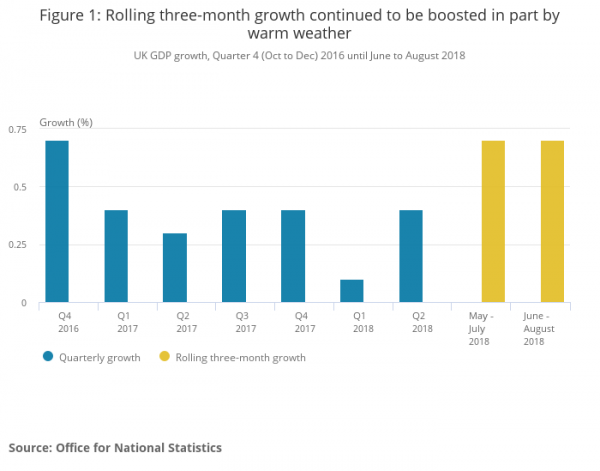
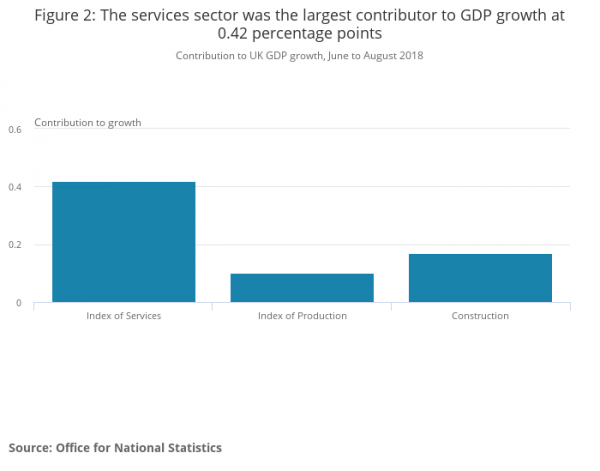
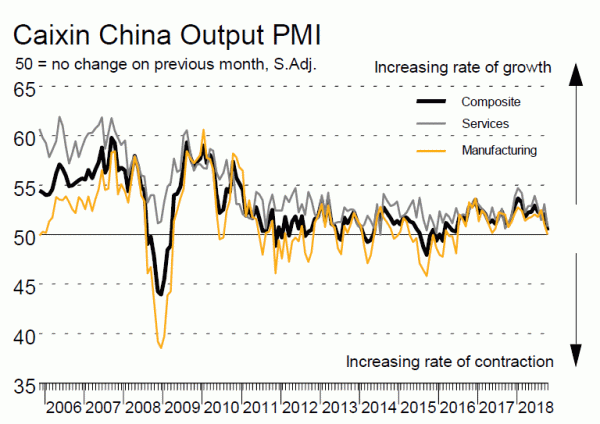
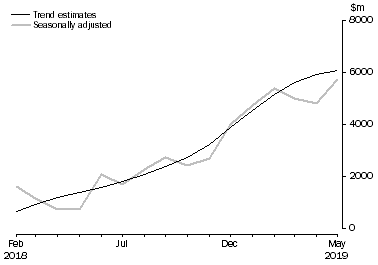
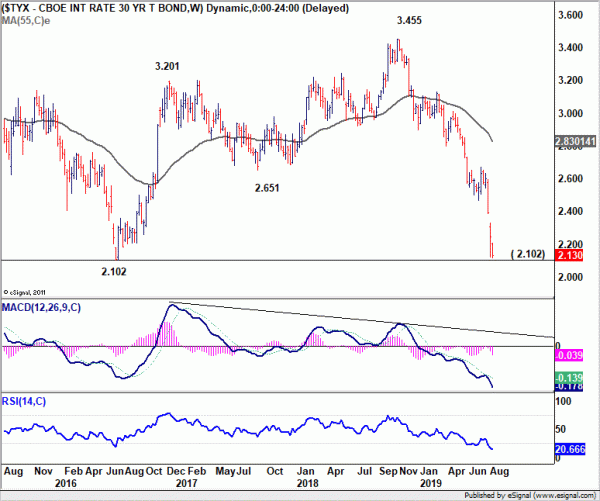
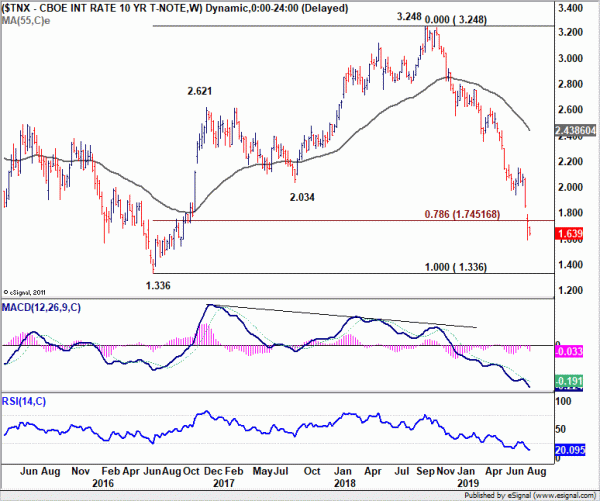
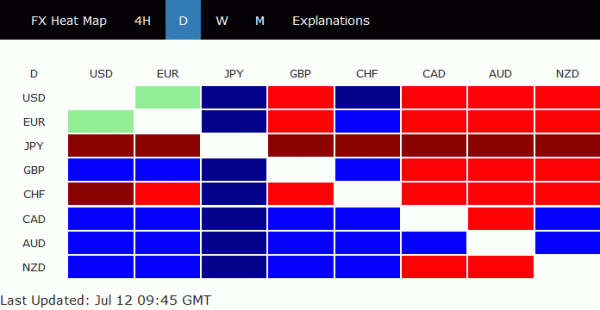
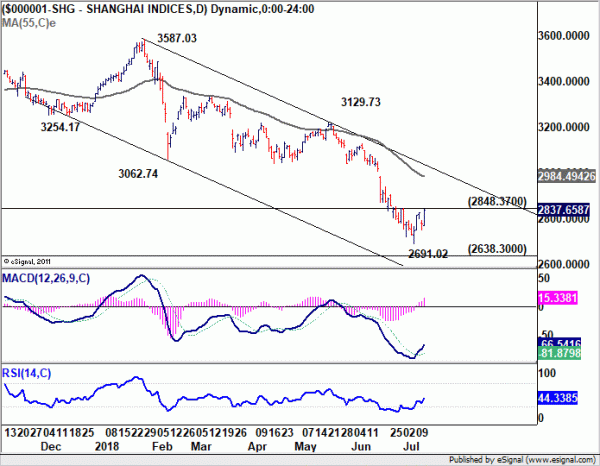
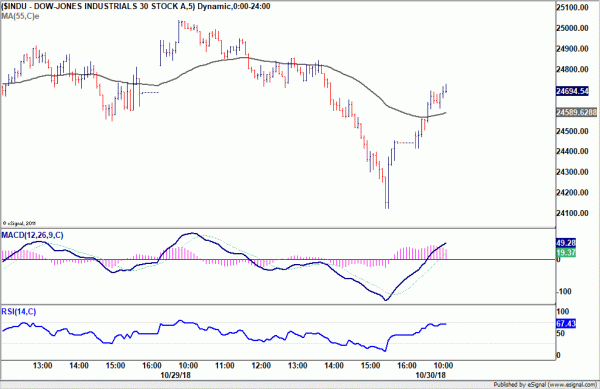
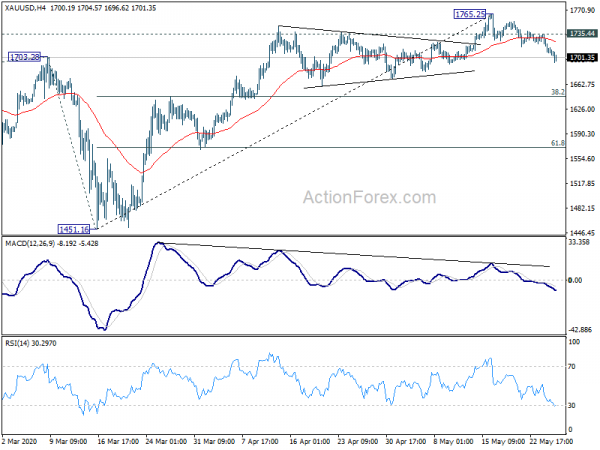
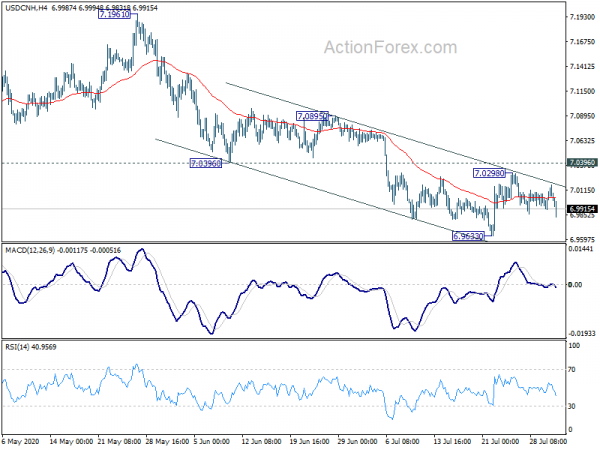
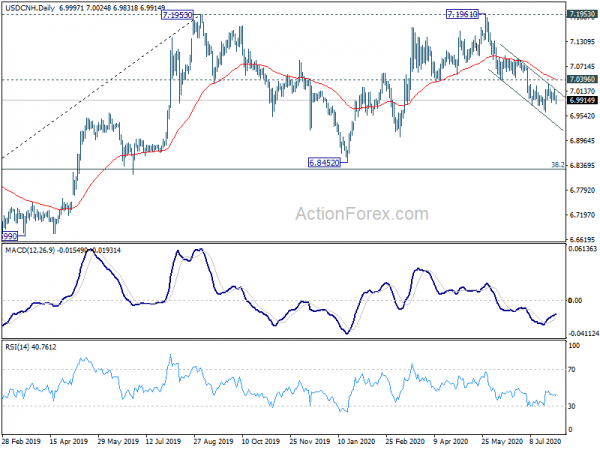

Japan’s export rises 7.3% yoy in Mar, fourth month of growth
Japan’s exports marked the fourth consecutive month of growth with a 7.3% yoy increase to JPY 9470B in March, slightly surpassing expected 7.0%. This growth was largely fueled by robust performances in automotive and semiconductor & electronic parts, which reported gains of 7.1% yoy and 11.3% yoy respectively.
Regionally, exports to China accelerated to 12.6% yoy, from just 2.5% yoy in the previous month. However, exports to the US and Europe saw a slowdown, growing at 8.5% and 3.0% respectively.
Import contracted -4.9% yoy to JPY 9103B, which was slightly better anticipated -5.1% yoy. Overall trade balance for March showed a surplus of JPY 366.5B.
In seasonally adjusted term, exports rose 2.6% mom to JPY 8768B. Imports rose 3.9% mom to JPY 9470B. Trade balance came in at JPY -701B.